Similar presentations:
Linguistic Anthropology. Week 2
1.
Linguistic AnthropologyWeek 2
April 23, 2019
Risako Ide
University of Tsukuba
1
2.
Linguistic AnthropologyThe study of
language as a cultural resource and
speaking as a cultural practice
ことばで切る kotoba de kiru
ことばを着る kotoba wo kiru
2
3.
From last week’s slide..Human Language Traits
1)
2)
3)
4)
5)
Double articulation 二重音節性
Arbitrariness
恣意性
Productivity
生産性
Displacement
転移性
Cultural transmission 文化伝達性
3
4.
Burling Article“Smiles, Winks, and
Words”
(2005)
4
5.
Few words on the readings…• Look at manaba, on “How to read English articles”
5
6.
• “Language could not have evolved from anyanimal-like form of communication simply
because it is so different from all other animal
behavior.” (p. 6)
• Humans use both digital and analogue ways
of communication. Phonemes (p, b);
giggles/laughs
6
7.
• Gesture-calls: signals such as faces, vices,hands and arms, posture and movements of
our entire bodies. Laughs, screams, smiles,
frowns and shrugs. Gestures and vocalizations
that all humans share (p.6)
• Language is digital and gesture-calls are
analog. (p.7)
• Our phonological and syntactic core of
language is digital while large parts of the rest
is analog.
7
8.
• Nothing could develop if the genes did notmake it possible, and nothing could develop
without a suitable environment. Both
heredity and environment have a role in
everything. (“gene-culture coevolution”
Levinson 2003)
• Gesture-calls such as laughter are highly
heritable. (p.8)
8
9.
July 17thAs of Emoji 11.0 there are 2,823 emojis approved
by Unicode.
The Unicode Standard provides a unique number
for every character, no matter what platform,
device, application or language. Unicode is “an
international encoding standard for use with
different languages and scripts, by which each
letter, digit, or symbol is assigned a unique numeric
value that applies across different platforms and
programs”
• https://blog.emojipedia.org/fac
ebook-reveals-most-and-leastused-emojis/
• http://unicode.org/standard/W
hatIsUnicode.html
9
10.
SIGN LANGUAGE10
11.
Sign language 手話 and beyond• Digital system as in spoken • Quotable gestures are
language.
signs that needs to be
learned. (ex. Okay circle,
• Use of three dimensional
bye-bye wave)
space.
• Sign language shows us that • Quotable Vocalizations
are sounds like words
it is the brain, rather than
than gesture-calls (ex. Ohthe vocal organs that has
oh, tsk-tsk, m-hm, uh-uh,
made the most important
meaning ‘oh dear’, ‘shame
adaptation in the human
on you’, ‘yes’ and ‘no’)
language. (p.12)
11
12.
1213.
1314.
Through the language lensLecture 1: Linguistic relativity theory
Lecture 2: Metaphors and we live by
14
15.
Let’s do a small experiment15
16.
1. HISTORICAL ORIGIN OF LINGUISTICANTHROPOLOGY
16
17.
Linguistics in EuropeLinguistics in Europe was occupied by
historical linguistics: in search of a
proto-language
17
18.
Grimm’s brothers グリム兄弟Jacob Grimm (1785-1863)
& Wilhelm Grimm (17861859)
Philologists and folklorists
Hansel and Gretel; Sleeping
Beauty
Discovery of the “Grimm’s
Law” or the “Great Consonant
Shift” (1822)
18
19.
Grimm’s Law グリムの法則(Great Consonant Shift)
Systematic study of the categorization of consonant
shifts that occurred between Proto-Indo-European
and Proto-Germanic.
/p, t, k/(non-Germanic)→
/f,














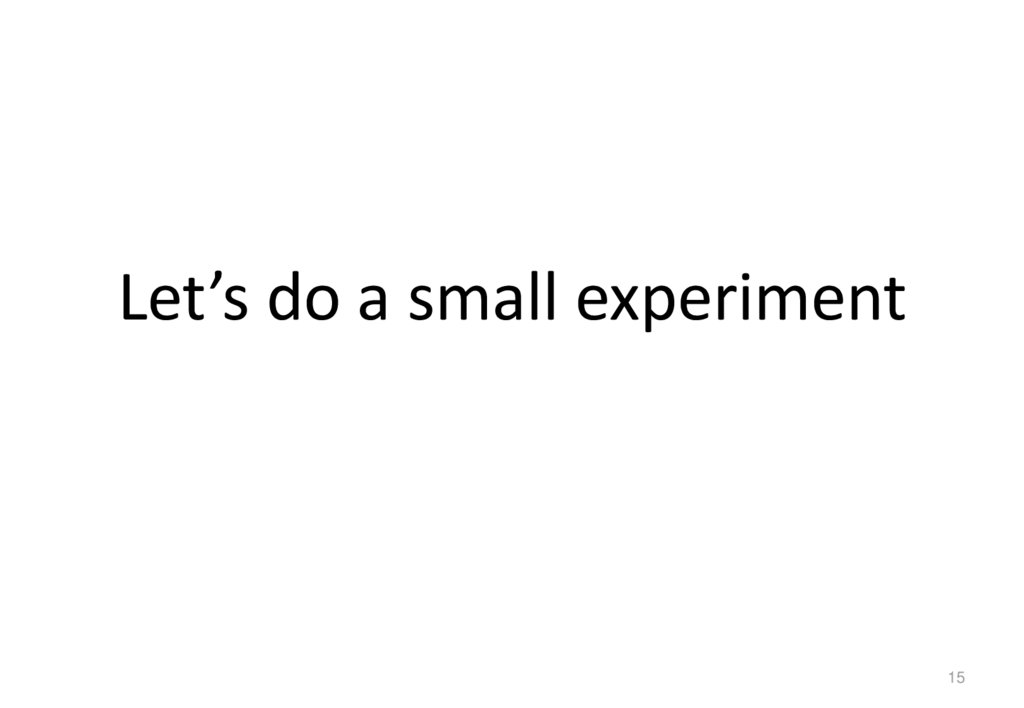













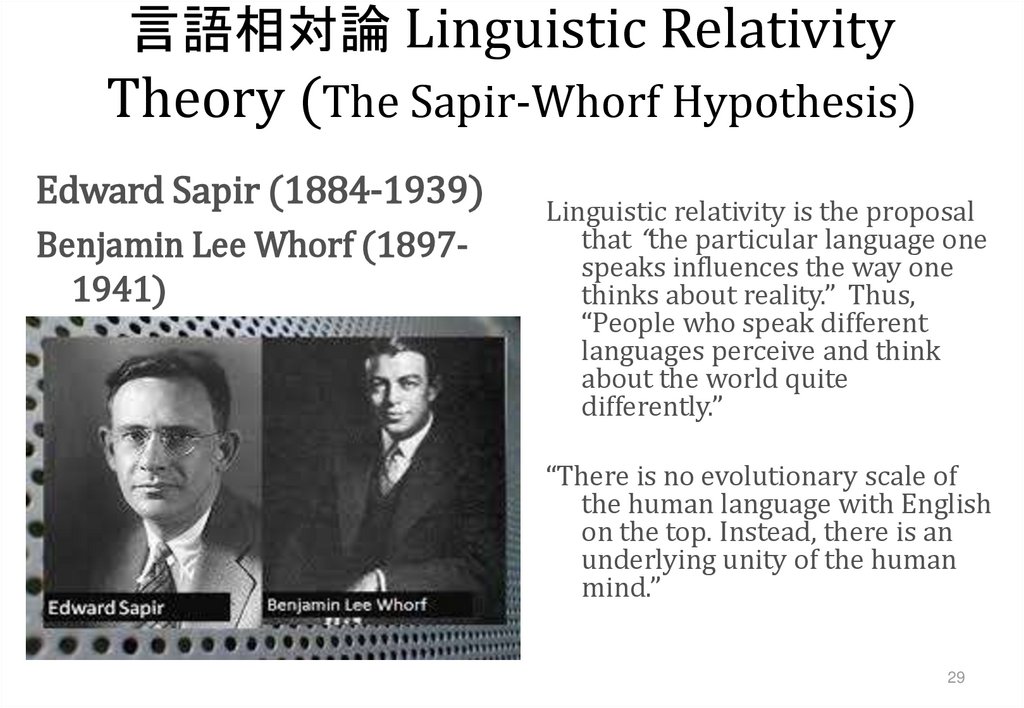





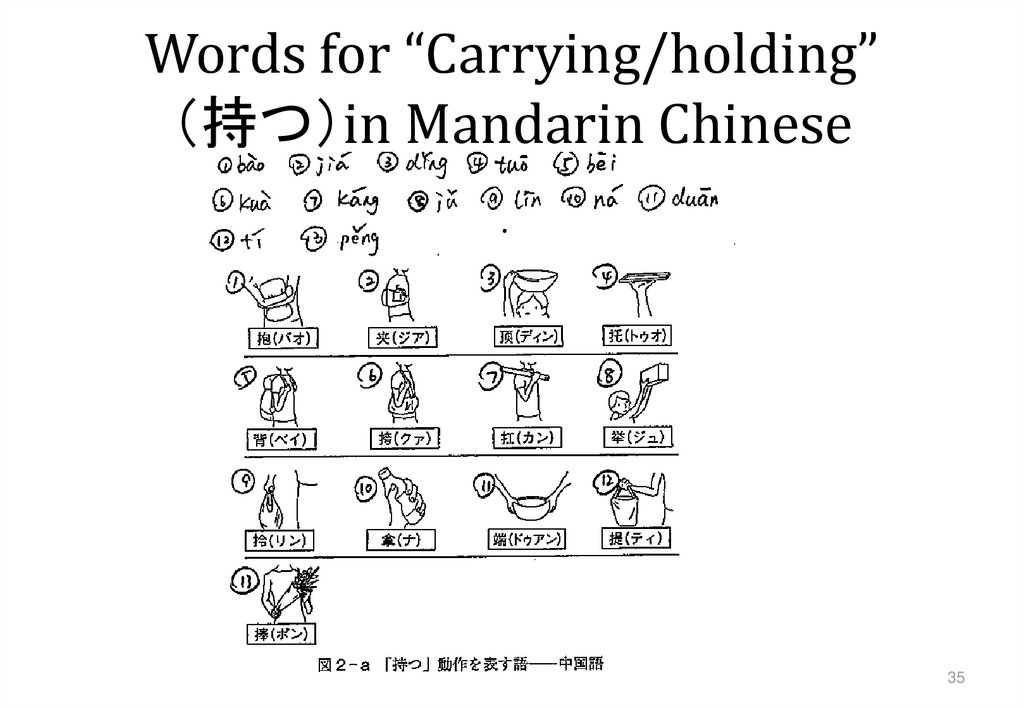





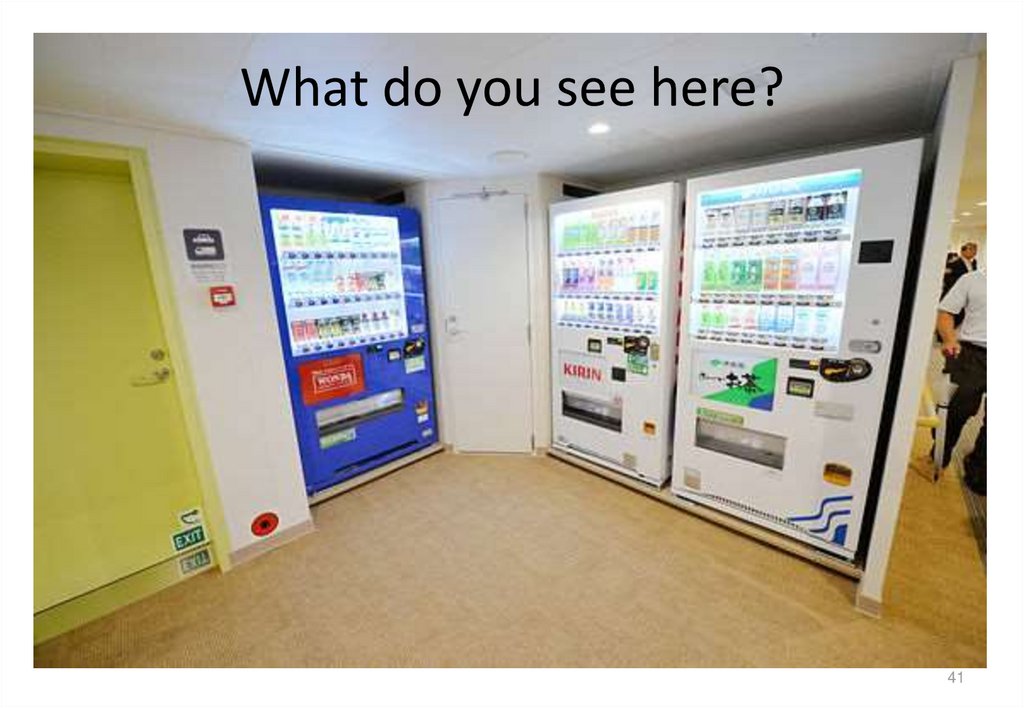



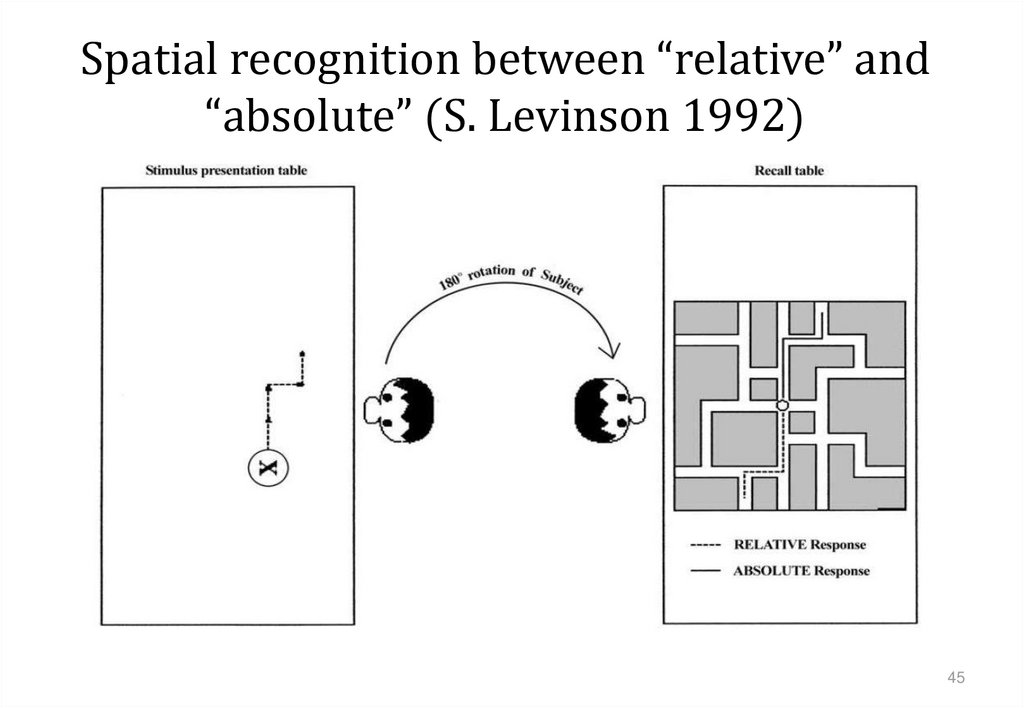








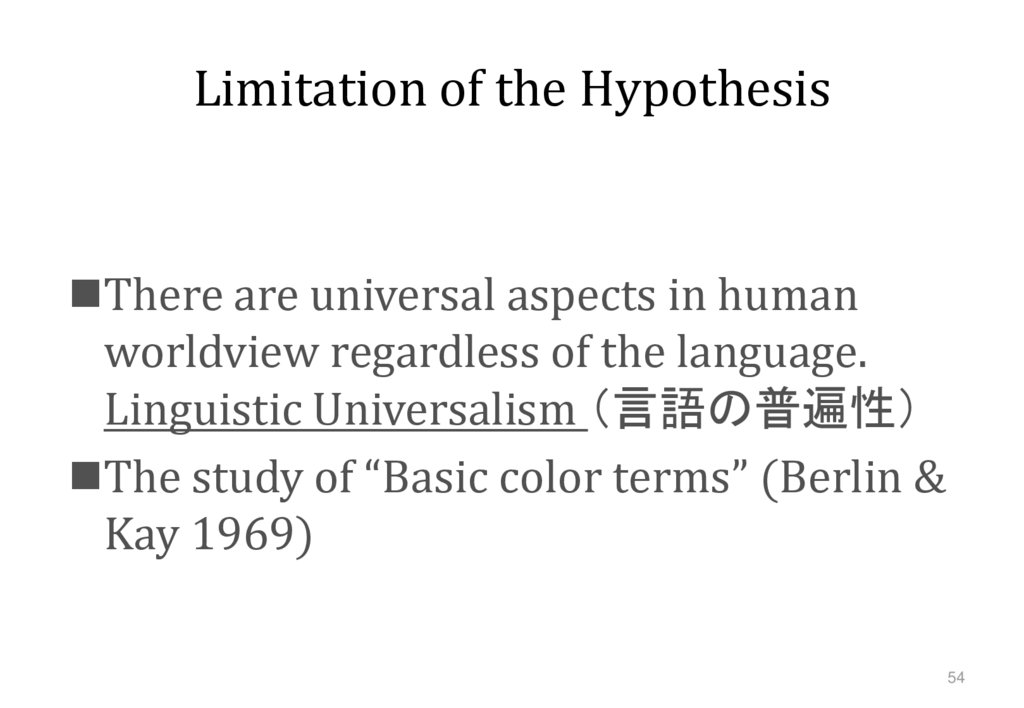



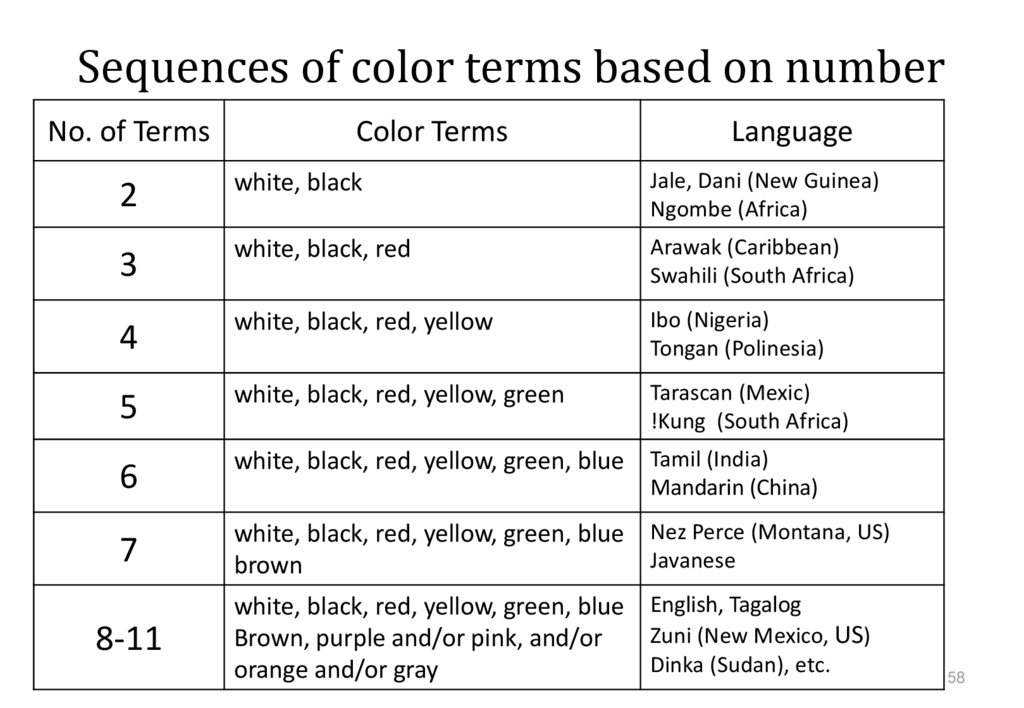





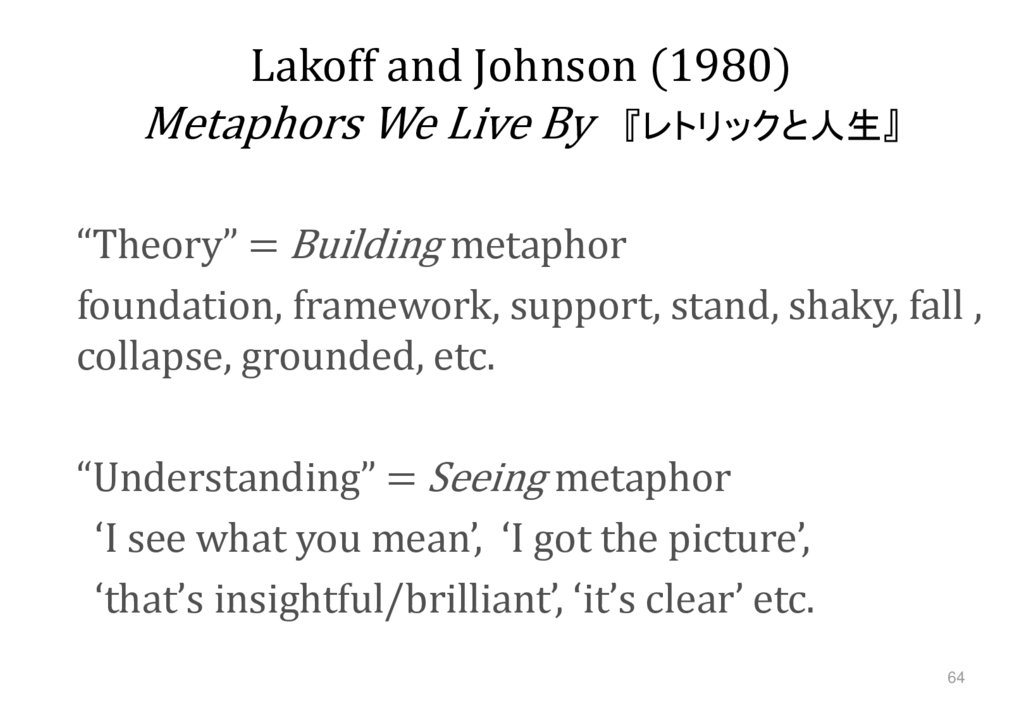






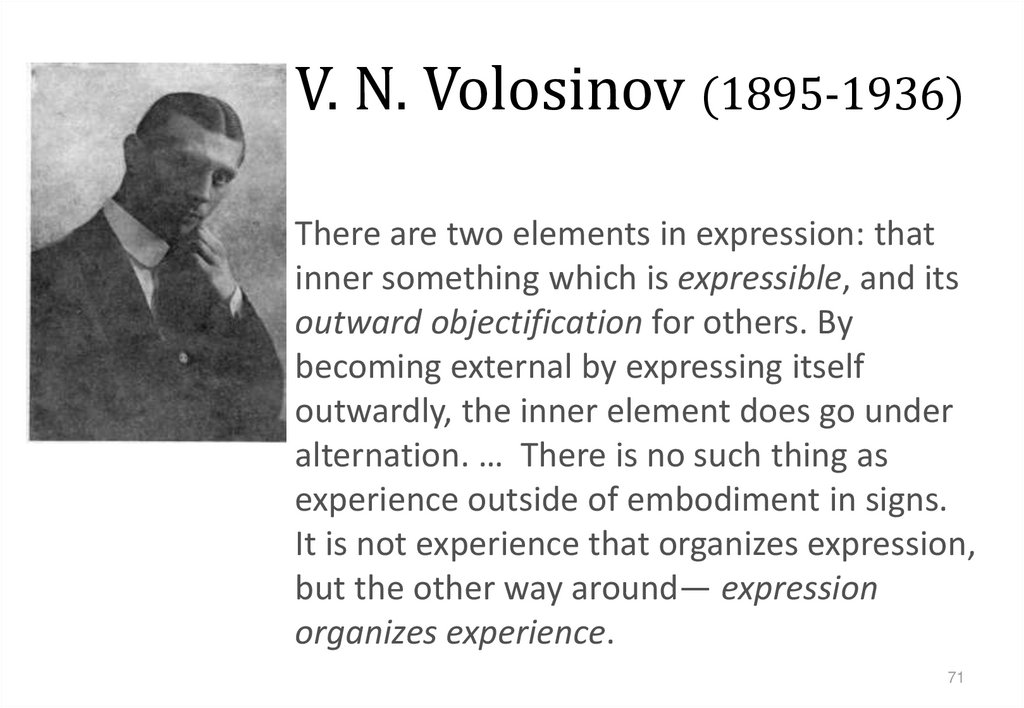


 lingvistics
lingvistics








